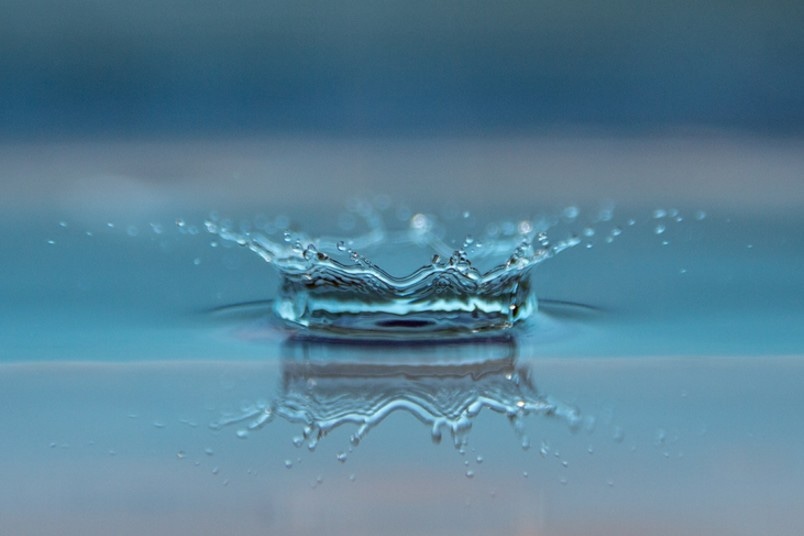Aug 14 2019
New insights have been gained by an international research team regarding how water molecules interact. For the first time, the scientists were able to fully observe all of the movements between the water molecules, called intermolecular vibrations.
 Water possesses an array of strange properties, for which special interactions between the water molecules are responsible. (Image credit: © Public Domain)
Water possesses an array of strange properties, for which special interactions between the water molecules are responsible. (Image credit: © Public Domain)
A specific movement of individual water molecules against each other, known as hindered rotations, is especially crucial. Among other things, the findings help to better establish the intermolecular energy landscape between water molecules and thereby better comprehend the odd properties of water.
The team guided by Professor Martina Havenith from Ruhr-Universität Bochum and Professor Joel Bowman from Emory University in Atlanta, along with colleagues from Radboud University in Nijmegen and Université de Montpellier, describe the research efforts in the July 27th issue of the journal “Angewandte Chemie International Edition.”
Unknown Interactions
Water is the most vital solvent in biology and chemistry and possesses a range of peculiar properties—for example, it reaches its maximum density at 4 °C. This is because of the special interactions between the water molecules. “Describing these interactions has posed a challenge for research for decades,” says Martina Havenith, head of the Bochum-based Chair of Physical Chemistry II and spokesperson for the Ruhr Explores Solvation (Resolv) Cluster of Excellence.
Experiments at Extremely Low Temperatures
The team examined the simplest imaginable interaction, that is, between exactly two individual water molecules, using terahertz spectroscopy. The scientists transmit short pulses of radiation in the terahertz range via the sample, which absorbs part of the radiation. The absorption pattern exposes information regarding the attractive interactions between the molecules. A laser with particularly high brightness, as is available in Nijmegen, was required for the experiments.
The scientists examined the water molecules at very low temperatures. To perform this, they continually stored individual water molecules in a minuscule droplet of superfluid helium, which is as cold as 0.4 Kelvin. The droplets function like a vacuum cleaner that absorbs individual water molecules. Owing to the low temperature, a steady bond takes place between two water molecules, which would not be stable at room temperature.
This experimental arrangement allowed the team, for the first time, to record a spectrum of the hindered rotations of two water molecules. “Water molecules are moving constantly,” explains Martina Havenith. “They rotate, open and close.” However, a water molecule that contains a second water molecule in its neighborhood cannot rotate freely—this is why it is denoted as a hindered rotation.
A Multidimensional Energy Map
The interaction of the water molecules can also be denoted in the form of what is termed as water potential.
This is a kind of multidimensional map that notes how the energy of the water molecules changes when the distances or angles between the molecules change.
Martina Havenith, Professor, Ruhr-Universität Bochum
All the properties, namely, conductivity, density, or evaporation temperature, can be gotten from the water potential. “Our measurements now allow the best possible test of all potentials developed to date,” concludes the scientist.